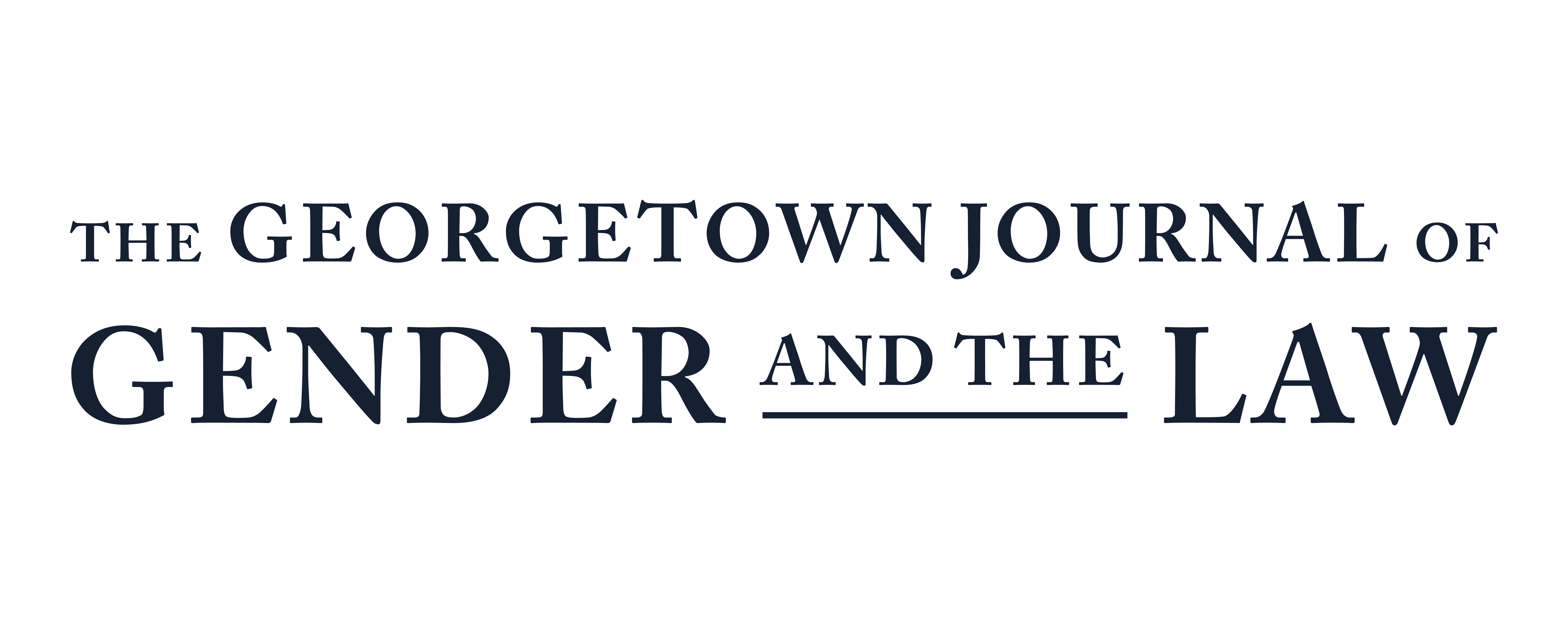Eliminating the Motherhood Penalty: The Pregnant Workers Fairness Act & Other Solutions for the United States
Abstract
The “motherhood penalty” refers to the loss of pay and career advancement opportunities that mothers experience after having a child. In fact, mothers lose an average of four percent of pay for every child they have. By contrast, fathers gain six percent; the “fatherhood bonus.” In a society where women have consistently matched and even out-paced men in areas such as higher education and placement into the workforce, this should not be the case.
In the legal field specifically, women account for over half of all law school graduates and nearly half of all law firm associates. However, they comprise less than a quarter of equity partners. A major factor contributing to the stark gap between these statistics is the motherhood penalty. Between employment opportunities and the track to leadership positions, many women become mothers. This decision to start a family often marks a point of no return in the careers of many women; their wages and opportunities for advancement never catch up to their male and childless-female counterparts. What’s more, even the few women who do make it into these leadership positions are not compensated fairly. In fact, female equity partners earn only seventy-eight percent compared to their male counterparts. Fathers, by contrast, earn more than other workers, including other men without children at home, regardless of education level.
The same set of circumstances––the birth of a child––leads to an increase in pay and opportunity for the father yet leads to a decline in pay and opportunity for the mother. Whether fueled by gender stereotypes of parenting roles, discrimination in the workplace, or unequal distribution of household and corporate labor, this gender inequality has become a prominent stain on the fabric of American society. In order to reach true gender equality, we must focus on increasing female representation in equitably compensated leadership roles and closing the parental pay divide. Solving the motherhood penalty will, thus, require more than simply enrolling more women in higher education and positioning more women in the workforce; instead, solutions must welcome and accommodate pregnant workers and mothers throughout their careers. This article will describe the historic significance of the motherhood penalty, contrast the motherhood penalty with the fatherhood bonus, and evaluate the 2023 Pregnant Workers Fairness Act and other potential solutions as a promising step forward.

